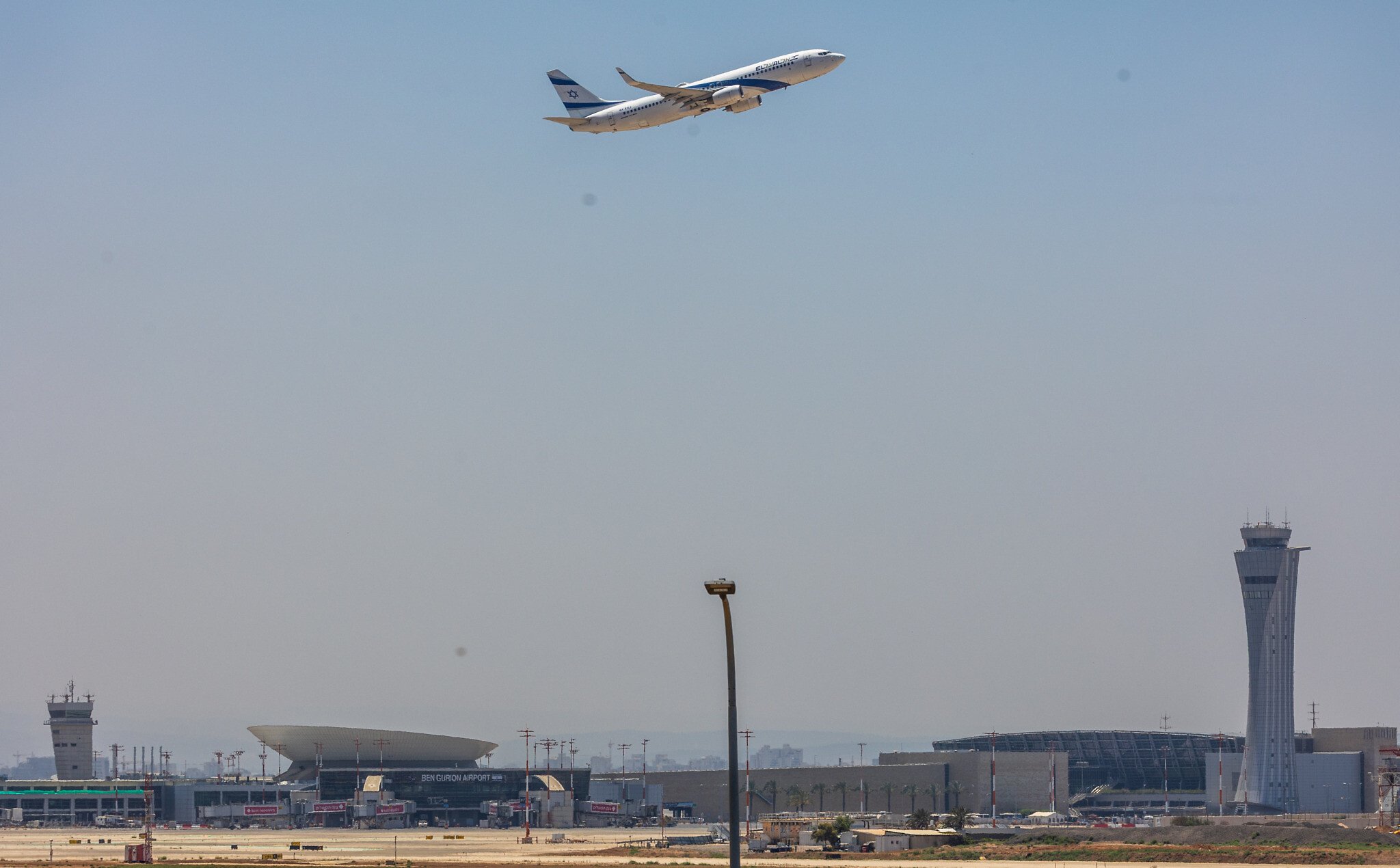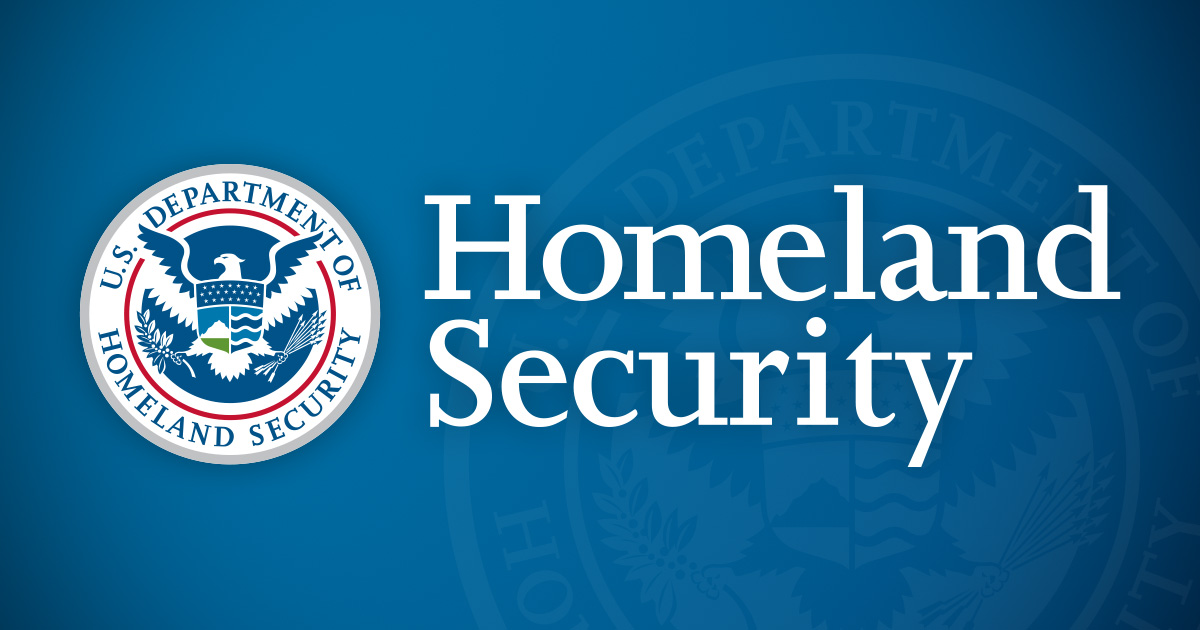What Happened
Father’s Day, celebrated on the third Sunday of June, serves as an occasion to honor fathers and father figures. In 2025, this day falls on June 15, and it has become increasingly digital in nature, with many individuals utilizing social media platforms to express their sentiments. The Economic Times reports that this year, millions are expected to share messages, images, and quotes to convey their appreciation for their fathers, reflecting a blend of traditional values and modern communication methods.
The celebration of Father’s Day has evolved significantly since its inception. The holiday was first proposed by Sonora Dodd in 1909, who advocated for a day dedicated to fathers after being raised by her father following her mother’s death. Dodd’s efforts culminated in the establishment of Father’s Day as a national holiday in the United States in 1972. This historical context adds depth to the contemporary celebrations, which now often include digital greetings and personalized gifts.
Key Details
- Date of Celebration: Father’s Day is observed on the third Sunday of June. In 2025, it is on June 15.
- Historical Background: Sonora Dodd proposed the idea of Father’s Day in 1909, and it became a national holiday in 1972.
- Modern Celebrations: The 2025 celebration is characterized by the use of social media platforms such as WhatsApp, Instagram, and Facebook for sharing messages, images, and quotes.
- Popular Messages and Quotes: Examples of popular Father’s Day messages include expressions of gratitude and admiration, such as “Thank you for being my first hero and forever friend” and “A father is someone you look up to no matter how tall you grow.”
- Gift Trends: There is a notable increase in searches for gifts, with popular items including personalized photo frames, handwritten cards, and digital gift cards.
Multiple Perspectives
The celebration of Father’s Day has garnered various interpretations and practices over the years. Some individuals view it as a commercialized event, while others see it as a meaningful opportunity to express gratitude. According to the Washington Post, Sonora Dodd herself was not opposed to the commercialization of the holiday, stating, “I do not think any gift too great for fathers.” This perspective suggests that the holiday can coexist with commercial interests while still retaining its emotional significance.
In contrast, some critics argue that the commercialization detracts from the holiday’s original intent, emphasizing the need for genuine expressions of love and appreciation rather than material gifts. This debate highlights the tension between traditional values and modern consumerism in the context of Father’s Day.
Context & Background
Father’s Day has its roots in the early 20th century, initiated by Sonora Dodd’s desire to honor her father. The holiday faced challenges in gaining recognition, with various attempts to establish it as a national holiday failing until it was finally recognized in 1972. This historical backdrop provides insight into the evolving nature of familial relationships and societal values regarding fatherhood.
In contemporary society, the significance of Father’s Day has expanded beyond biological fathers to include stepfathers, grandfathers, and father figures, reflecting a broader understanding of family dynamics. The rise of digital communication has also transformed how people celebrate, with social media serving as a platform for sharing heartfelt messages and memories.
What We Don’t Know Yet
While the celebration of Father’s Day continues to grow in popularity, there are still uncertainties regarding its future evolution. The impact of digital communication on personal relationships and the ways in which individuals choose to express their sentiments remain areas for further exploration. Additionally, the ongoing debate about the commercialization of holidays raises questions about the balance between genuine appreciation and consumerism.
As society continues to evolve, it will be important to observe how traditions like Father’s Day adapt to changing cultural norms and technological advancements. The significance of the day may shift further as new generations interpret and celebrate fatherhood in diverse ways.


